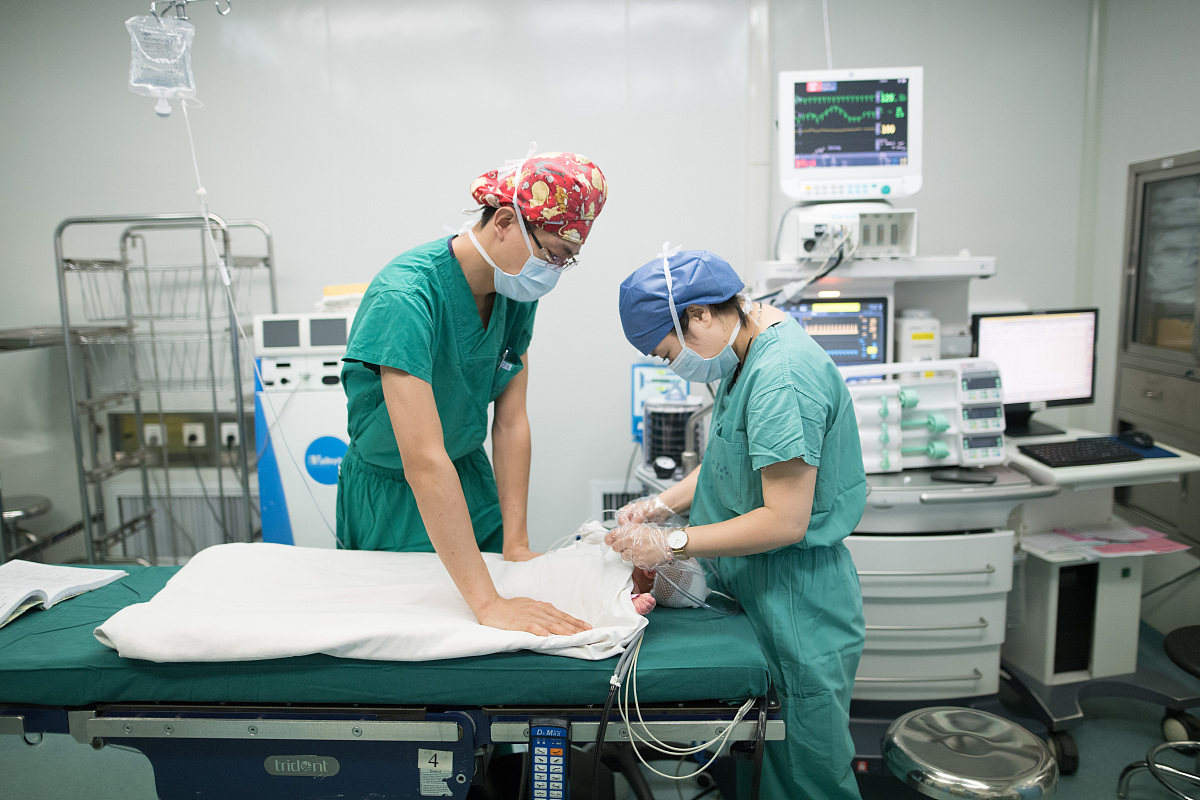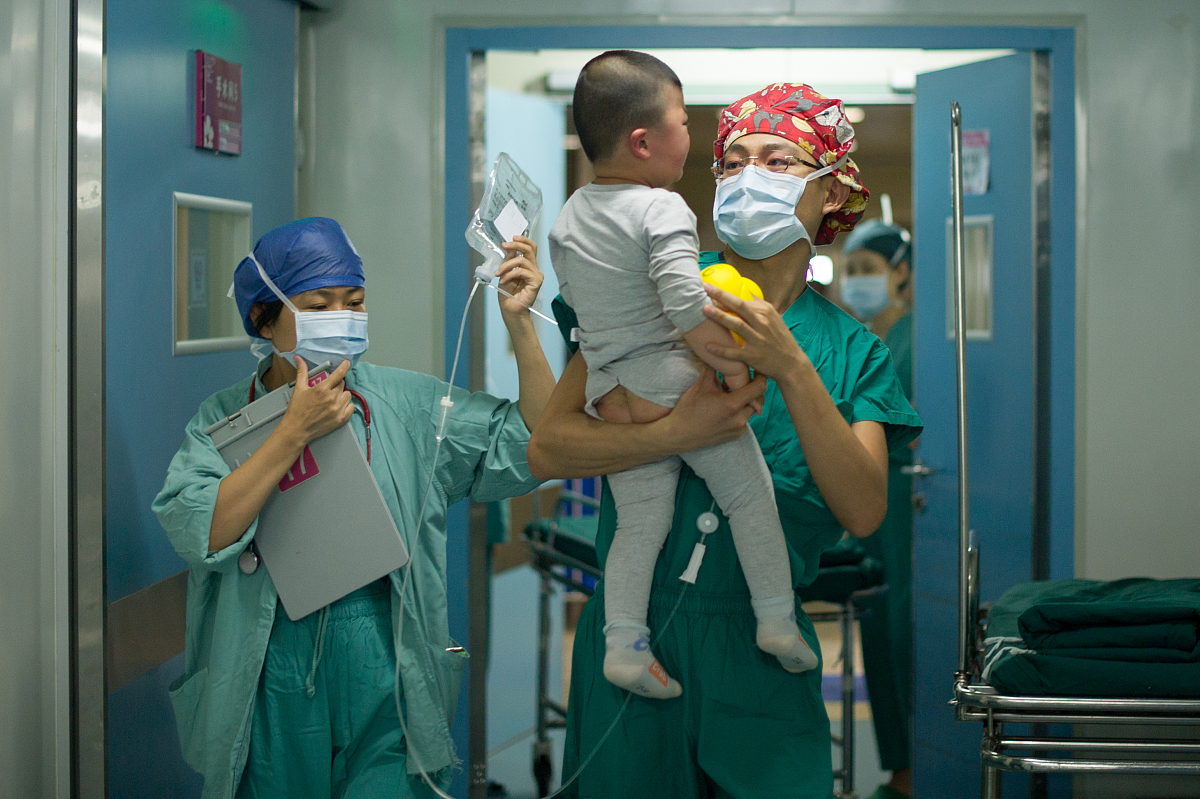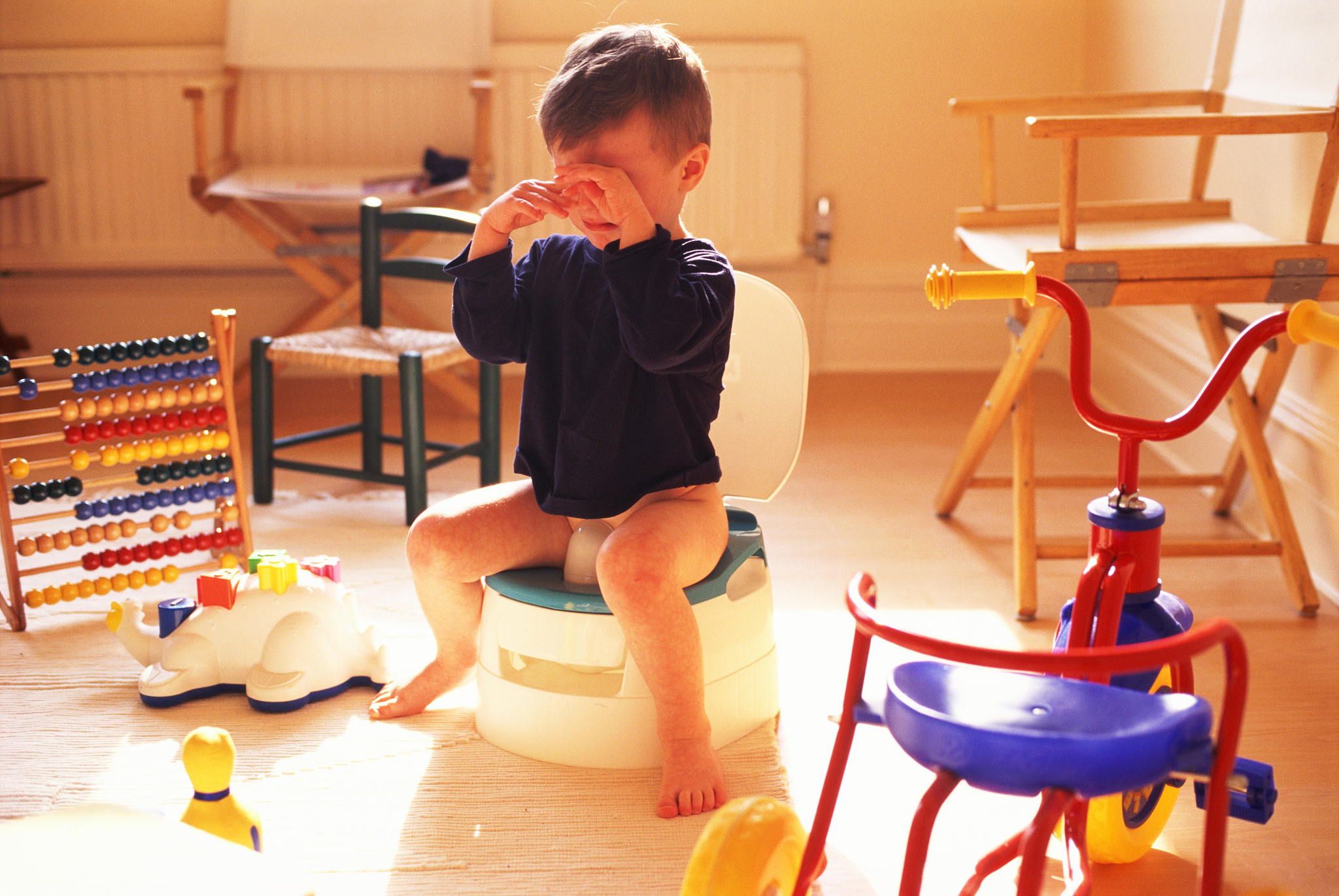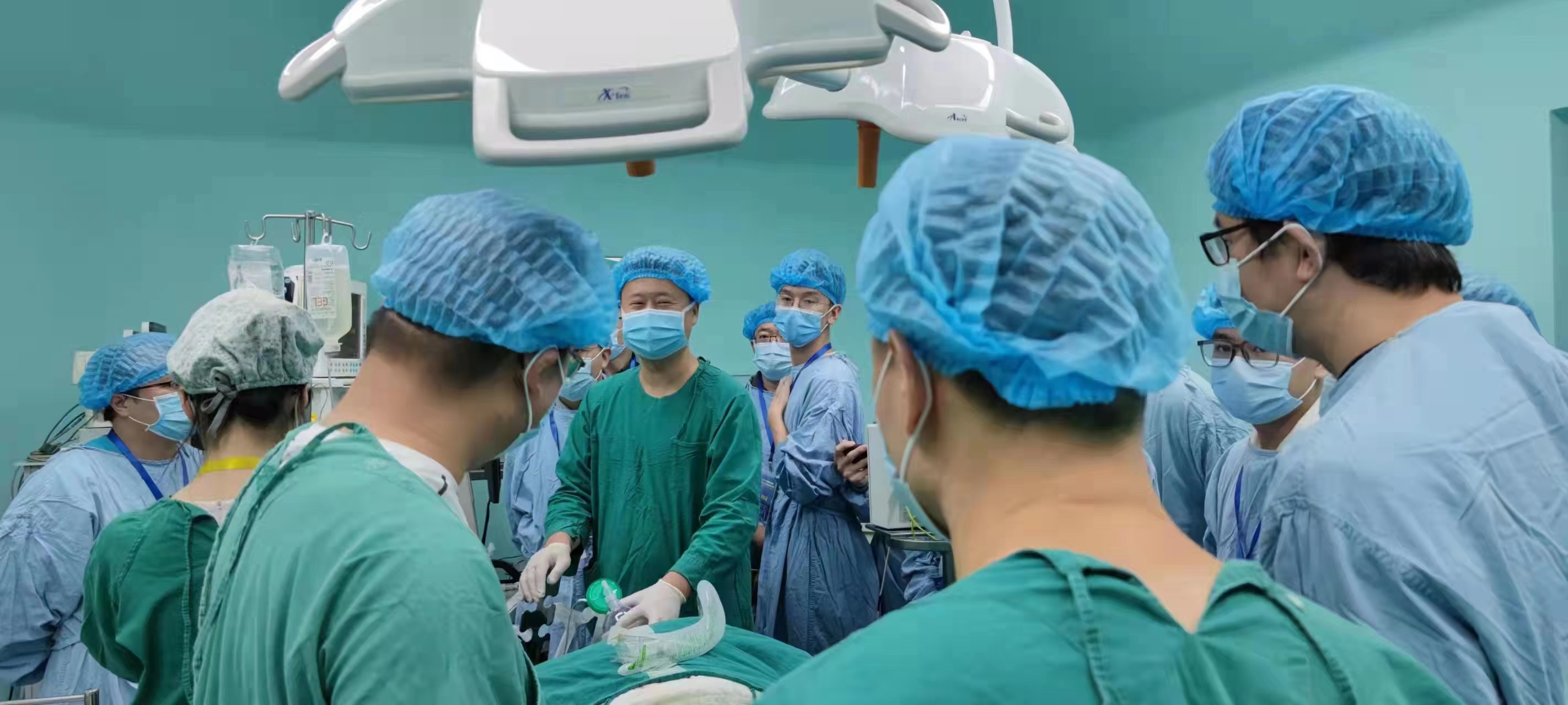Anesthesia anesthesia anesthesia
Author:Anesthesia Medical Group Time:2022.09.16
Children are sick, parents are distressed, let alone anesthesia and surgery, and parents are even more sad. But while distressed children, we must also understand children's anesthesia correctly and objectively.

The following answers to the questions that patients' families often encounter in clinical clinic:
1. About fasting time
Before anesthesia, routine restrictions are eaten to reduce the stomach content, thereby reducing the risk of miswaeing. However, long -term fasting before surgery will increase anxiety, and may also cause hypotonic capacity and hypoglycemia, especially infants and young children. Sports and health children should be encouraged to drink clearing the liquid before 2 hours before the optional anesthesia, and explain to parents which liquids can be consumed, including water, oral replenishment solution, clarified fruit juice, carbonated beverages, tea and black coffee without pulp. When taking the medicine, you should be delivered with a small amount of water.
The currently recommended forbidden flow time is becoming more and more relaxed, and some institutions even allow the clearing of liquidity during surgery [1]. Foreign studies have found that the time to shorten the prohibited liquidity to a short period of time will not increase the reflux, vomiting or misusure caused by anesthesia induction [2-3].
However, some special treatment time for some special groups: Standard fasting guidelines are suitable for healthy children who do not have abnormal gastric empty or risk factors. Patients who may slow or hinder gastric emptying due to complications (such as diabetes) and/or gastrointestinal diseases (such as gastroesophageal reflux, gastric export or intestinal obstruction), and the fasting arrangements and anesthesia should be adjusted according to the specific situation. manage.
In addition, since the child cannot express himself clearly, and the patient's family can sometimes not find the patient's eating, then you can choose the following ways to judge:
Preoperative gastric ultrasound examination: Due to the increasing application of the various applications in the operating room as the ultrasonic examination next to the bed, the gastric, children [4-6] and adult stomach capacity and stomach content have been used in the gastrointestinal ultrasound evaluation of the gastric test. [4-6] 7-10]. Stomach ultrasound examination is non -invasive, and experienced inspectors operate quickly.

2. Does anesthesia affect the intellectual development of the baby?
For general anesthesia, the FDA (US Food and Drug Administration) believes that it has no impact on the intelligence of children over 3 years old. However, infants under the age of 3 also include fetuses. Because the nervous system is in the developmental period, the whole body anesthetic drugs will affect the babies. It is a hot spot in research and controversy, but the final result has not been obtained. According to the experiments published in "Anesthesiology" in 2018 There is no difference between general anesthesia children and unprepared children. There are also experimental reports that the intellectual impact of healthy children under the age of 3 is not the main factor. The influence of intelligence is multi -faceted.

Third, the baby is a little cough or sputum, can't you anesthetize it?
Anesthesia risk of upper respiratory tract infection: Multiple studies have shown that when there are or recently occurred in children's body anesthesia (URI) children's whole body anesthesia, PerioPerate Respirates Event (PerioPeite Respirate Event, The increase in the risk of Prae) is mainly related to the high reactivity of the airway, but most of these bad events are slightly mild and easy to handle [11-17]. PRE will increase the hospitalization rate and cost and extend the hospitalization time [18], but the long -term consequences of reduced short -term oxygen saturation are unknown [19].
PRE includes laryngeal spasm, bronchial spasm, lungs, cough, airway obstruction, hypoxia, asthma and qi. Although most PRE is easy to treat, more serious events may occur. According to the data of The Pediatric Perioperative Cardiac Arrest Registry, adverse respiratory incidents are the second most common causes of cardiac arrest during children's peripheral surgery, second only to cardiovascular events. Among them, laryngeal spasm is the most common cause of respiratory -based cardiac arrest [20,21].

Based on the above reasons, we do the following processing:
Timing of Optional Surgery — Children who currently have symptoms of URI have been currently controversial. Although there are extensive differences in clinical practice, a survey of about 200 children's anesthesia doctors found that experienced anesthesia doctors will be more conservative than anesthesiologists with relatively few clinical experience [22]. Although every problem needs to be taken into account individualized treatment of medicine and actual situation, our method is usually as follows:
● Preoperative screening finds that URI-for children with URI in previous screening of the optional surgery, we will postpone the surgery to 2-4 weeks after the symptoms fade.
● Activity URI on the day of the selection surgery -if the child occurs on the day of the surgery, we will follow the severity of the URI symptoms, the risk factors of the child, the surgical operation of the plan, and the medical and practical aspects brought by the extension surgery. The disadvantages are individualized whether to delay the operation.
• We do not postpone anesthesia for children with mild nasal overflow and symptoms slightly undergoing small surgery.
• For children with body temperature ≥38 ° C or wet cough, we will postpone the option surgery to 2-4 weeks after the symptoms fade. For children with moderate symptoms, we will develop individualized decisions.
● On the day of the optional surgery, the child has recently occurred in the child -children who have no symptoms but have recently occurred but have recently occurred in URI, we adopt the following methods:
• URI within 2 weeks -if the child was found on the day of the surgery, the child had occurred within 2 weeks before the surgery, and we would follow the disadvantages of medicine and practice brought about by the children's dangerous factors, planning operation operations, and medical and practical disadvantages brought about by postponed surgery. Individualization decides whether to postpone the operation. Generally, we will continue to go on an operation for children who have disappeared for more than 1 week. For children with high risk surgery and younger, we generally postpone the surgery for 2-4 weeks.
• URI-children who have disappeared for 2-4 weeks before 2-4 weeks have disappeared for 2-4 weeks, and we usually do not postpone surgical operations, but we must realize that high reactivity of the airway may last up to 6 weeks.
● Dialogue -Children with URI patients who need to undergo a Uri child with a Urgent Procedures or semium -duration procedure, shall be discussed by anesthesia doctors, surgeons, and other medical staff to weigh the pros and cons of the surgery. If we perform surgery, we will achieve optimized medical treatment under the conditions permitted by time. For a period limit surgery, we will give inhalation β2 receptor agonists and nasal congested agents as needed. The real emergency surgery that cannot be carried out until the inhalation β2 receptor agonist or nasal bleeding agent is performed.
Author: Zhang Ziyin Guangzhou University of Traditional Chinese Medicine First Affiliated Hospital
references
1.anderson H, Zarén B, Frykholm P. Low Incision of Pulmonary Aspiration in Children Alowed Intake of Clear Fluids Untillad to the Operation Suite. Paediatr anaesth 2015;
2.isserman R, Elliott E, Subramanyam R, et al. Quality Improvement Project to Reduce Pediatric Clear Liquid Fasting Times Prior to ANESTHESIA. Paediatr ANAESTH 2019; 29: 698.
3.Schmidt AR, Buehler KP, Both C, et al. Liberal fluid fasting: impact on gastric pH and residual volume in healthy children undergoing general anaesthesia for elective surgery. Br J Anaesth 2018; 121:647.
4.Spencer AO, Walker AM, Yeung AK, et al. Ultrasound assessment of gastric volume in the fasted pediatric patient undergoing upper gastrointestinal endoscopy: development of a predictive model using endoscopically suctioned volumes. Paediatr Anaesth 2015; 25:301.
5. Schmitz a, Schmidt AR, Buehler PK, et al. Gastric Ultrasound as a Preoperative Bedside Test for Residual Gastric Contents Volume in Children. Paediatr Anaesth 2016; 26: 1157777777.777777777.77.7777777.77777.7777777.777777.7777777.77777777.77.15777777777.77.1577777777777.7
6.Bouvet L, Bellier N, Gagey-Riegel AC, et al. Ultrasound assessment of the prevalence of increased gastric contents and volume in elective pediatric patients: A prospective cohort study. Paediatr Anaesth 2018; 28:906.7.Beck CE, Witt L Albrecht l, et al. Ultrasound Assessment of Gastric Emptying Time Infants: A Prospective Observational Study. EUR J Anaesthesiot 2019; 36: 406.
8. Van de Putte P, Perlas A. Ultrasound Assessment of Gastric Content and Volume. Br J Anaesth 2014; 113: 12.
9. Perlas A, Davis L, Khan M, Et Al. Gastric Sonography in the FASTED SURGICAL PATIENT: A Prospective Description Study. ANESTH Analg 2011; 113: 93.
10. Kruisselbrink R, Gharapetian A, Chaparro Le, et al. Diagnostic account-organ gastric ultrasound. ANESTH Analg 2019; 128: 89.
11.von Ungern-Ternberg BS, Boda K, Chamber Na, Et Al. Risk Assessment for Respiratory Complications in Paediatric Anaesthesia: A Prospects. Lancet 2010; 376: 77: 77: 77:
12.Tait ar, Malviya S, Voepel-Lewis T, et al. Risk Factors for Perioperative Adverse Respiratory Events in Children with Upper Resracture.
13. Bordet F, Allaouchiche B, Lansiaux S, et al. Risk Factors for Airway Complications During General Anaesthesia in Paediatric Patients. Paediatr Anaesth 2002; 12: 762.
14.rolf n, coté cj. Frequency and Severity of Desaturation Events During General ANESTHEN WITHOTHAND WITHOUT Upper Respiratory Infections.
15.rachel Homer J, Elwood T, Peterson D, RAMPERSAD S. Risk Factors for Adverse Events in Children with Colds Emerging from Anesthesia: A Logistic Regression. Paediatr ANAESTH 2007; 17: 17: 17: 17: 17: 17: 17: 17: 17: 17: 17: 17: 17: 17: 17: 17: 17: 17: 17: 17: 17: 17: 17: 17: 17: 17: 17:
16.Flick RP, Wilder RT, Pieper SF, et al. Risk factors for laryngospasm in children during general anesthesia. Paediatr Anaesth 2008; 18:289.17.Parnis SJ, Barker DS, Van Der Walt JH. Clinical predictors of anaesthetic complications in children With respiratory tract infections. Paediatr Anaesth 2001; 11:29.
18.OOFUVONG M, Geater Af, Chongsuvivatwong V, et al. Excess Costs and Length of Hotal Stributable to Perioperative Respirates in Children. ANESTH ANALG 2015; 120: 120: 1;
19.Oofuvong M, Geater AF, Chongsuvivatwong V, et al. Comparison of intelligence, weight and height in children after general anesthesia with and without perioperative desaturation in non-cardiac surgery: a historical and concurrent follow-up study. Springerplus 2014; 3 : 164.
20. Bhananker SM, Ramamoorthy C, Geiduschek JM, et al. ANESTHESIA-Related Cardiac Arrest in Children: Update from the PEDiatric PerioPone Cardiac Arrest Registry.
21.morray jp, bhananker sm. Recent Findings from the Pediatric Perioperative Cardiac Arrest (POCA) Registry. Asa Newsletter 2005; 69:10.
22.Tait AR, Reynolds PI, Gutstein HB. Factors that influence an anesthesiologist's decision to cancel elective surgery for the child with an upper respiratory tract infection. J Clin Anesth 1995; 7:491.
[Reminder] Pay attention, there are a large number of professional science sciences here to reveal those things about surgical anesthesia ~
- END -
Beijing today's native infection +15, details announcement
On September 12, at the 399th press conference of the prevention and control of the new coronary virus pneumonia in Beijing, Liu Xiaofeng, deputy director of the Municipal Centers for Disease Control
From 0:00 on August 17th to 15:00, there were 4 new local infections in Beijing. The disease control reminded the general public to fulfill the responsibility of personal epidemic prevention.

On the afternoon of August 17, the Beijing Municipal Government News Office organi...